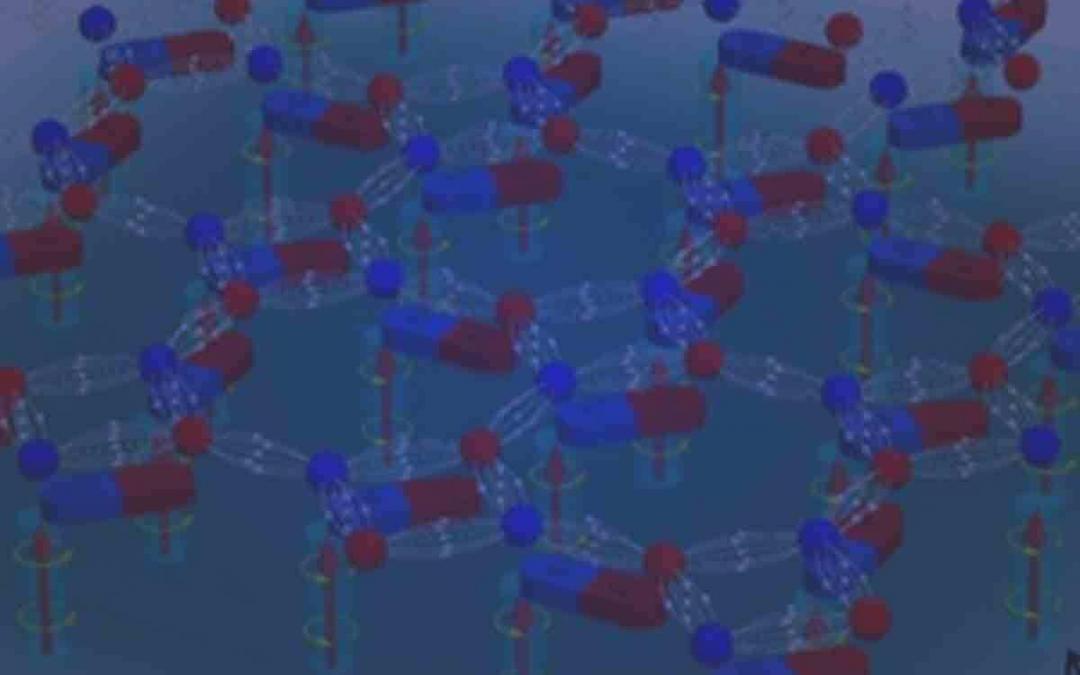
by Gene Stowe | University of Notre Dame
New Superconductor Design presents a better superconductor with geometric frustration. Superconductors contain tiny tornadoes of supercurrent, called vortex filaments, that create resistance when they move. This affects the way superconductors carry a current. A new superconductor design creates potential making them better for applications.
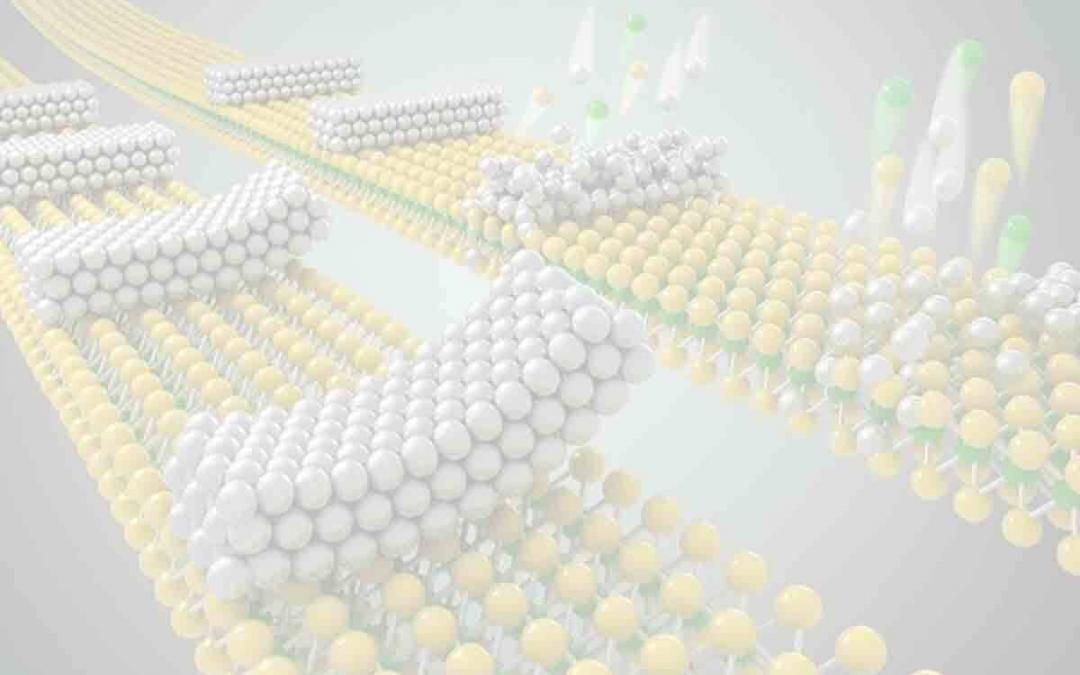
by Matthew Chin | UCLA
UCLA scientists and engineers have developed a new semiconductor assembly process. The advance could lead to much more energy-efficient transistors for electronics and computer chips, diodes for solar cells and light-emitting diodes, and other semiconductor-based devices.

by The Optical Society
Researchers have demonstrated large-scale fabrication of a new type of transparent conductive electrode film based on nanopatterned silver. Smartphone touch screens and flat panel televisions use transparent electrodes to detect touch and to quickly switch the color of each pixel.

by University of Warwick
Led by Drs Andrij Vasylenko, Samuel Marks, Jeremy Sloan and David Quigley from Warwick’s Department of Physics, in collaboration with the Universities of Cambridge and Birmingham, the researchers have found that the most effective thermoelectric materials can be realised by shaping them into the thinnest possible nanowires.

by National University of Singapore
Plastic nanoparticles – these are tiny pieces of plastic or nanoplastics less than 1 micrometre in size – could potentially contaminate food chains, and ultimately affect human health, according to a recent study by scientists from the National University of Singapore (NUS). They discovered that nanoplastics are easily ingested by marine organisms, and they accumulate in the organisms over time, with a risk of being transferred up the food chain, threatening food safety and posing health risks.

by University of Alberta
Atomic-scale manufacturing revolutionizes the future of electronics production. The University of Alberta Scientists have innovated an atomic-scale manufacturing process, setting a standard for mass production of electronics that are faster, smaller and consume less energy than the electronics of today. The implications of this new atomic-scale manufacturing capability are enormous. In the future, we will see mobile phones that can go months without a charge and computers that are faster (100X) but use 1/1000th of the power currently used for device operation.

by Anne Trafton - MIT News Office
Nanoparticles carrying two drugs can cross the blood-brain barrier and shrink glioblastoma tumors. Glioblastoma multiforme, a type of brain tumor, is one of the most difficult-to-treat cancers. Only a handful of drugs are approved to treat glioblastoma, and the median life expectancy for patients diagnosed with the disease is less than 15 months.
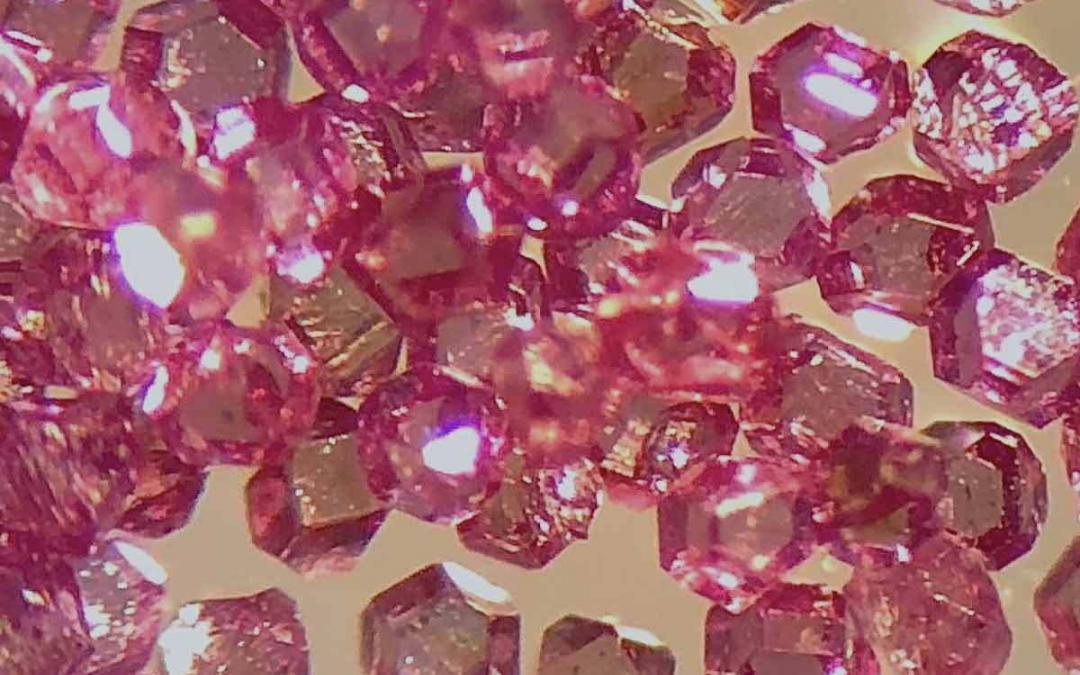
by Glenn Roberts Jr., Berkeley Lab
Team led by Berkeley Lab and UC Berkeley researchers exploits tiny defects in diamonds to pave the way for enhanced biological imaging and drug studies. An international team led by scientists at the Department of Energy’s Lawrence Berkeley National Laboratory (Berkeley Lab) and UC Berkeley discovered how to exploit defects in nanoscale and microscale diamonds to strongly enhance the sensitivity of magnetic resonance imaging (MRI) and nuclear magnetic resonance (NMR) systems while eliminating the need for their costly and bulky superconducting magnets.
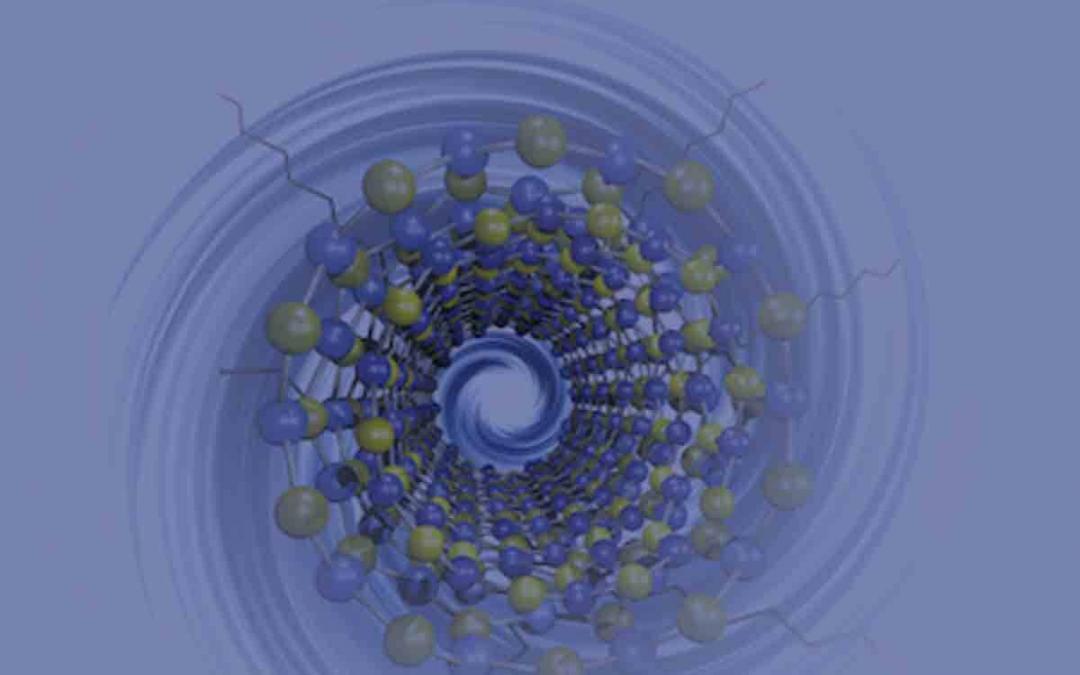
by Mike Williams, Rice University
Boron nitride nanotubes, like their carbon cousins, are rolled sheets of hexagonal arrays. Unlike carbon nanotubes, they’re electrically insulating hybrids made of alternating boron and nitrogen atoms. Insulating nanotubes that can be functionalized will be a valuable building block for nanoengineering projects, Martí said. “
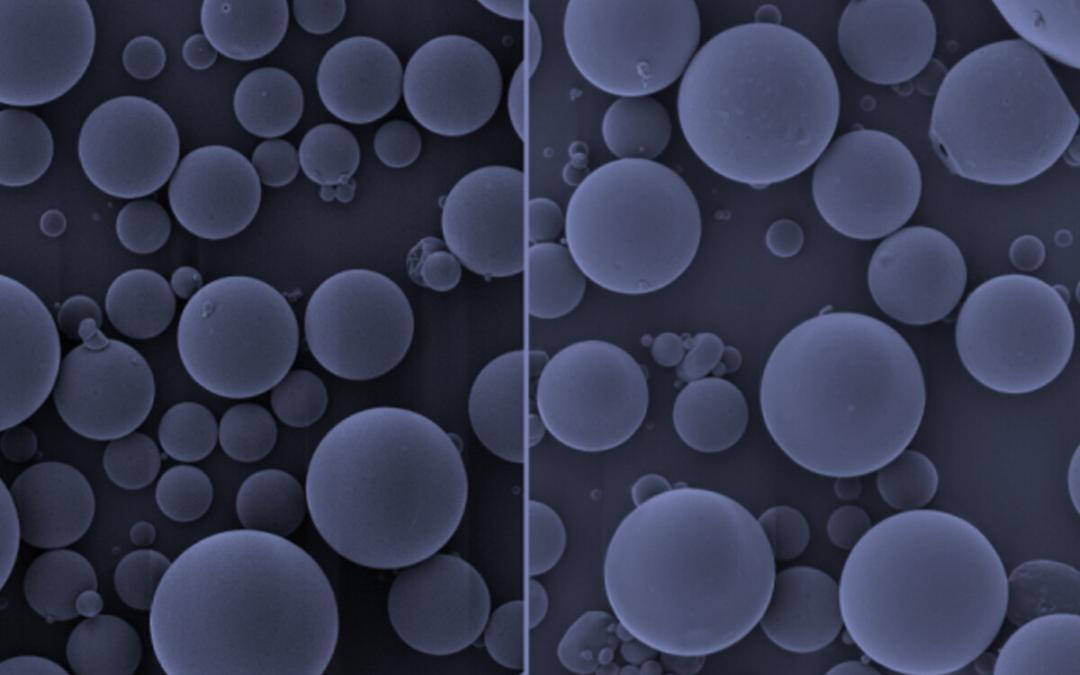
by Anne Trafton | MIT News Office
To create a single-injection vaccine, the MIT team encapsulated the inactivated polio vaccine in a biodegradable polymer known as PLGA. This polymer can be designed to degrade after a certain period of time, allowing the researchers to control when the vaccine is released.

by Society for Laboratory Automation and Screening (SLAS)
A new study published in the journal Nature Biomedical Engineering documents a novel diagnostic technology that exploits topically applied nanotechnology to detect skin tissue biomarkers for diagnosis. This concept is demonstrated by noninvasively imaging connective tissue growth factor (CTGF) mRNA in abnormal scar cells, whole tissue, and animal models.
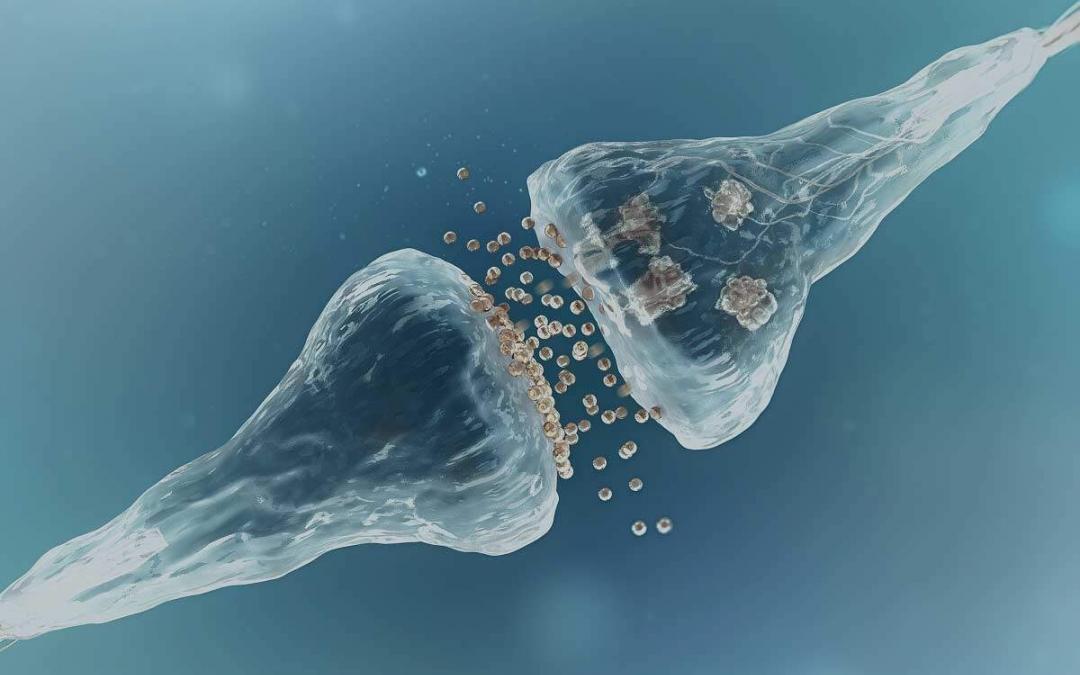
by Cleanroom Connect Editor
A new reagent discovered by research scientists at St George’s, University of London has shown real-time brain behaviour in more detail than ever before.The sensor, iGluu, will now be made available to other researchers who may be working on either the fundamental properties of neuronal signalling or on neurodegenerative disease such as Huntington’ and Alzheimer’s disease. The sensor will help reveal what goes wrong with glutamate signalling in these conditions.











